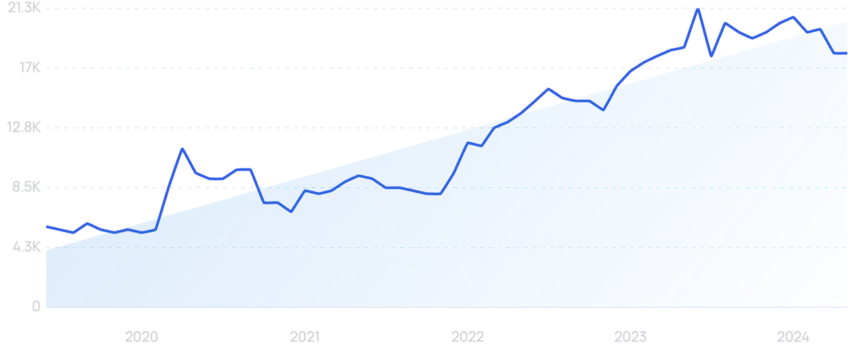TL;DR Summary of Top Large Language Models in 2025: Comprehensive Overview and Comparison
Optimixed’s Overview: The State of Large Language Models in 2025 and Their Impact on AI Innovation
Introduction to 2025’s Leading LLMs
Large language models have become pivotal tools in natural language processing, driving applications such as text generation, code completion, and paraphrasing. In 2025, the competition among top developers like OpenAI, Anthropic, Google DeepMind, and xAI has produced a diverse ecosystem of cutting-edge models.
Key Models and Their Innovations
- GPT-5 (OpenAI): Released in August 2025, this model boasts advanced multimodal reasoning and an unprecedented 400,000-token context window, surpassing its predecessor GPT-4 in various benchmarks. It emphasizes deliberate thinking for improved accuracy.
- Claude 3.7 Sonnet (Anthropic): Known for hybrid reasoning capabilities, this model offers a 200,000-token context window and user-customizable thinking time, enhancing its performance in creative tasks and coding.
- Grok-4 (xAI): Integrating real-time information, Grok-4 supports a 256,000-token context window and is deeply integrated into social platforms, serving millions of active users daily.
- DeepSeek R1: An open-source reasoning model excelling in mathematical and coding challenges, notable for its cost-efficient training and widespread adoption.
- Mistral Large 2: With 123 billion parameters and a 32,768-token context window, it reduces hallucinations and outperforms several competitors in coding benchmarks.
Context Window Sizes and Knowledge Cutoff
The context window, defining how much input data a model can process effectively, varies widely. Models like Gemini 1.5 Pro and Llama 4 Scout offer context windows up to 2,000,000 and 10,000,000 tokens respectively, enabling handling of extremely long inputs such as hours of video or massive codebases. Knowledge cutoff dates indicate the latest data included during training, affecting the model’s currency and relevance.
Open Source vs Proprietary Models
The market features a strong presence of open-source models such as Llama 3.1, DeepSeek, and Mistral, which provide flexible, cost-effective solutions for developers. Proprietary models from OpenAI and Anthropic lead in commercial applications with extensive API access and enterprise integration.
Trends and Industry Growth
The rapid development of LLMs reflects growing demand for more intelligent, context-aware AI systems. Innovations include better reasoning under uncertainty, multilingual support, and hybrid architectures combining traditional transformers with novel techniques. The proliferation of models tailored for specific tasks—ranging from conversational agents to coding assistants—illustrates the broadening scope of AI utilities.
Conclusion
2025 marks a pivotal year for large language models, showcasing remarkable leaps in size, context processing, and reasoning. As the AI industry expands, these models will continue to transform how machines understand and generate language, fostering new applications and accelerating technological progress. Keeping abreast of these developments enables businesses and developers to leverage the most powerful AI tools available.
